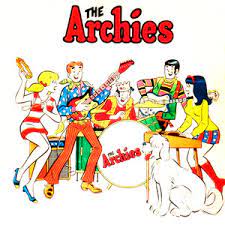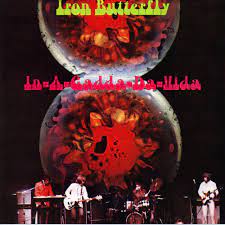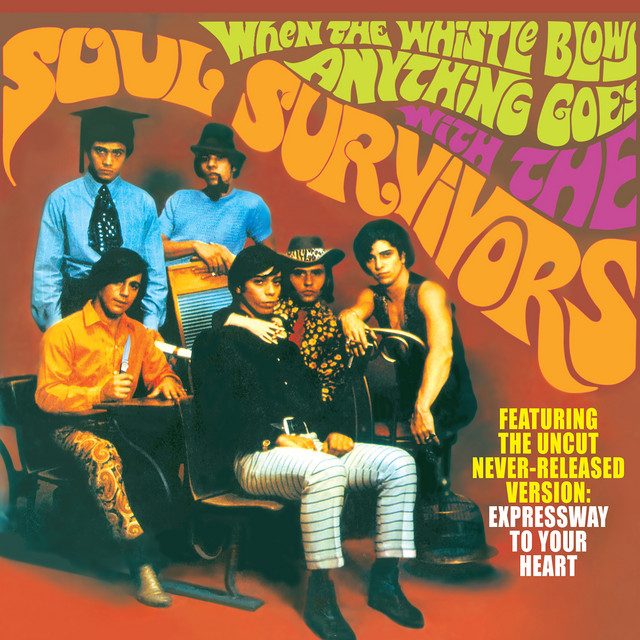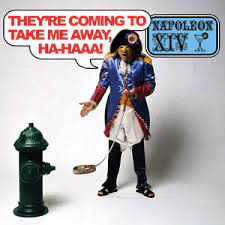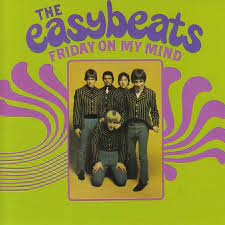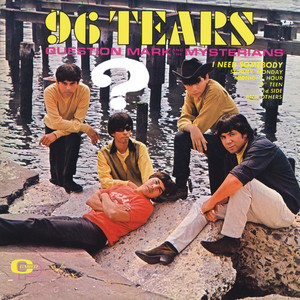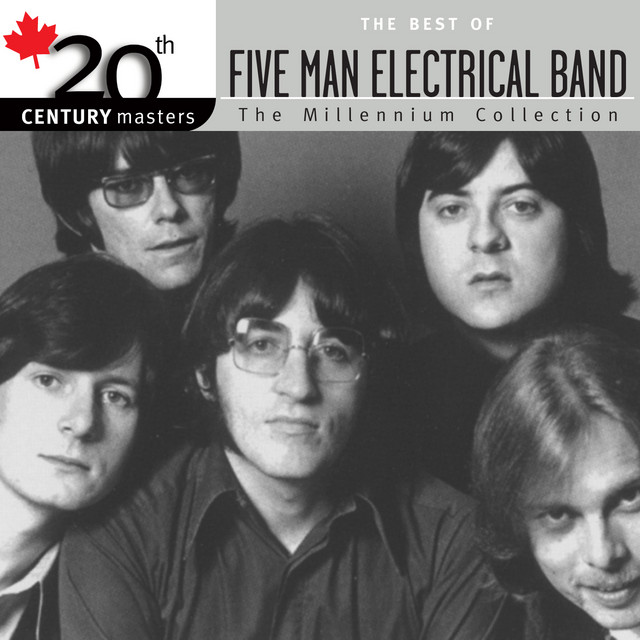Episode 8: “One-Hits, One Singer”
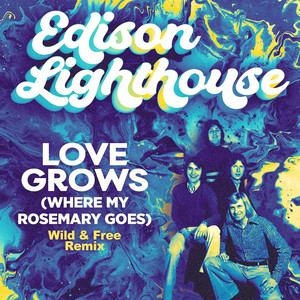
The heyday of bubblegum music was fairly short-lived – roughly 1968 through 1970 – and dominated by the studio formula factory of the production duo Kasenetz and Katz and the Buddha Records label, which we featured in Episode 7 of One-Hit Wonderment.
There was another wave that made its mark before the entire bubble-gum burst. And this one was unique in the fact that all of these one-hit wonders featured one singer: Tony Burrows. Now, you may have never heard of Tony Burrows, but the prolific Engish session singer went on an amazing run in 1970.
While you might not have heard of Tony Burrows, i”m sure you heard of these tunes: “Love Grows (Where My Rosemary Goes),” “My Baby Loves Lovin,” “United We Stand,” “Gimme Dat Ding” amd “Beach Baby.” Yep, Tony Burrows sang on each one of these hits – as vocalist with a different band.
So get ready for our episode, “One-Hits, One Singer” on One-Hit Wonderment.
